Definition of Sustainability
Sustainability is a concept that revolves around meeting the needs of the present without compromising the ability of future generations to meet their own needs. It encompasses three primary dimensions: environmental, social, and economic. The term has garnered significant attention in recent years as people become more conscious of their environmental footprint. However, a contentious debate has emerged: Is sustainability accessible to everyone, or is it merely a privilege reserved for the affluent? As its popularity rises, many question whether sustainable living remains within reach for all or if it’s a luxury that only the wealthy can afford.
The Cost of Sustainable Products

Sustainable products often come with a heftier price tag, making them less accessible to the average consumer. For example, organic food can cost up to 50% more than its conventional counterparts. According to the Organic Trade Association, organic sales in the U.S. reached $62.5 billion in 2020, indicating a growing market. Yet, for many low-income families, these options remain out of reach. This presents a paradox: while the demand for sustainable goods increases, not everyone can afford them, raising the question of whether sustainability remains an exclusive domain for those with deeper pockets.
Access to Sustainable Alternatives

Access to sustainable alternatives can vary greatly based on location and socioeconomic status. Urban areas often boast more resources, such as farmers’ markets and eco-friendly products, than rural areas, which may lack such conveniences. A USDA report highlights how food deserts disproportionately affect low-income communities, limiting their access to fresh, sustainable food options. This geographical and economic divide underscores the disparity in accessing sustainable choices, suggesting that where you live can significantly impact your ability to live sustainably.
The Role of Government and Policy
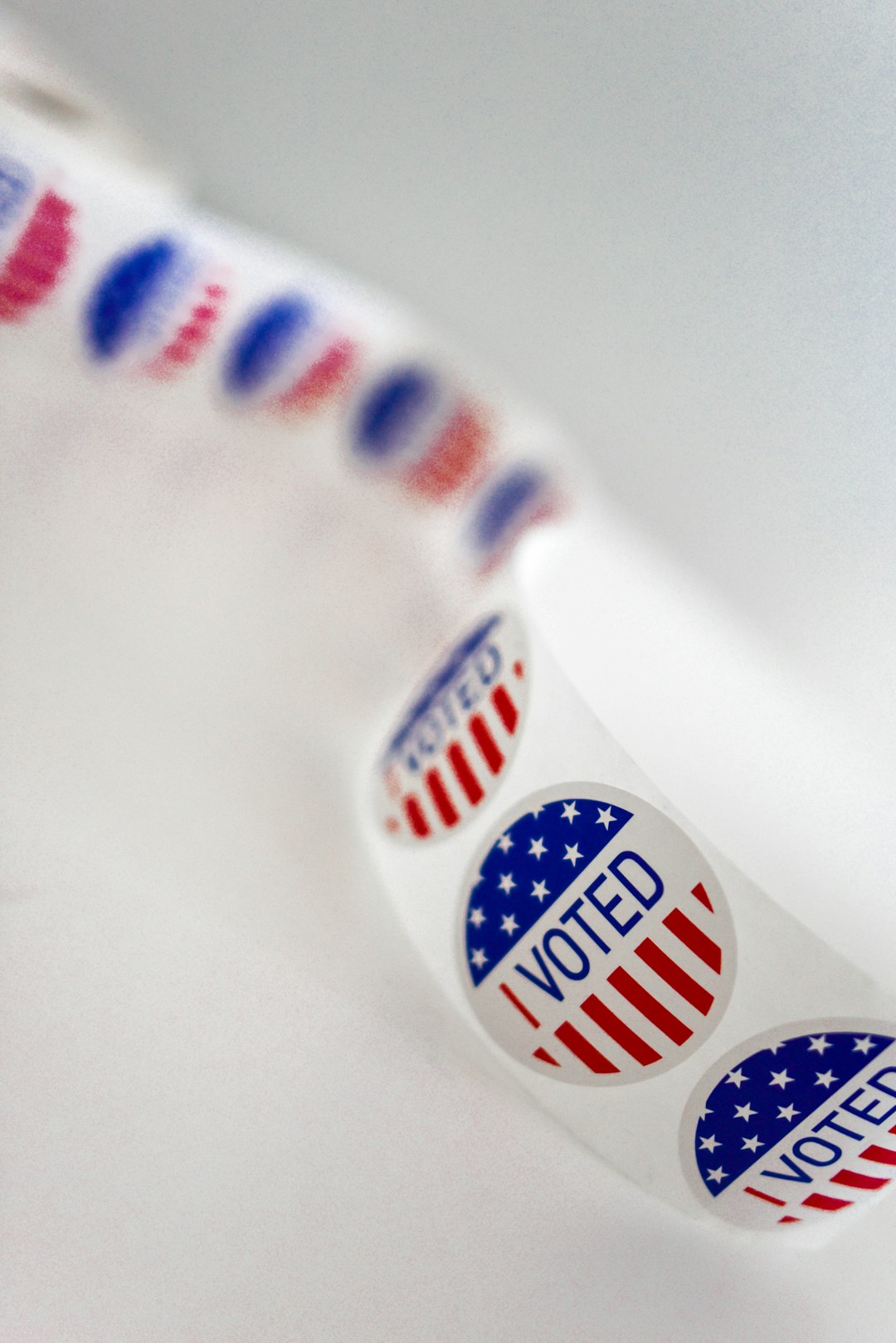
Government policies play a pivotal role in making sustainability accessible to everyone. Subsidies for sustainable farming practices and renewable energy can significantly lower costs, making them more attainable for the general population. For instance, the U.S. government’s $29 billion investment in renewable energy in 2020 aimed to make clean energy more affordable. However, without equitable policies, these benefits may still favor wealthier individuals and corporations, leaving others behind. It becomes evident that governmental intervention is crucial in bridging the gap between sustainability and economic accessibility.
The Impact of Consumer Behavior

Consumer behavior significantly shapes the sustainability market. A Nielsen report found that 66% of global consumers are willing to pay more for sustainable brands. Yet, this willingness often correlates with income levels. While many support sustainability, only a fraction can afford to act on their beliefs. This disparity accentuates the luxury aspect of sustainable choices, where only those with financial means can truly embrace eco-friendly lifestyles. It highlights the challenge of ensuring that sustainable living doesn’t remain an exclusive privilege.
The Greenwashing Phenomenon
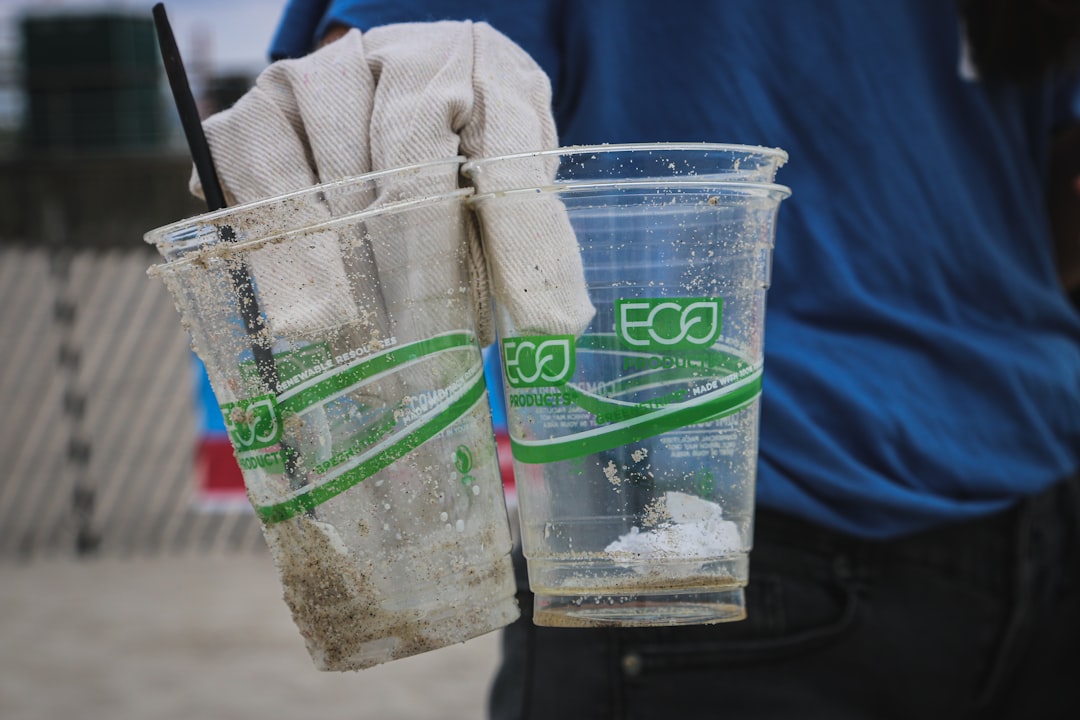
Greenwashing is a deceptive practice where companies market themselves as environmentally friendly without implementing meaningful changes. A study by the University of California revealed that 95% of green products don’t live up to their sustainable claims. This can confuse consumers and perpetuate the idea that sustainability is a luxury. By misleading consumers, companies exploit their eco-conscious values, further complicating the path to genuine sustainability. The prevalence of greenwashing underscores the need for transparency and accountability in the sustainable market.
Community Initiatives and Grassroots Movements
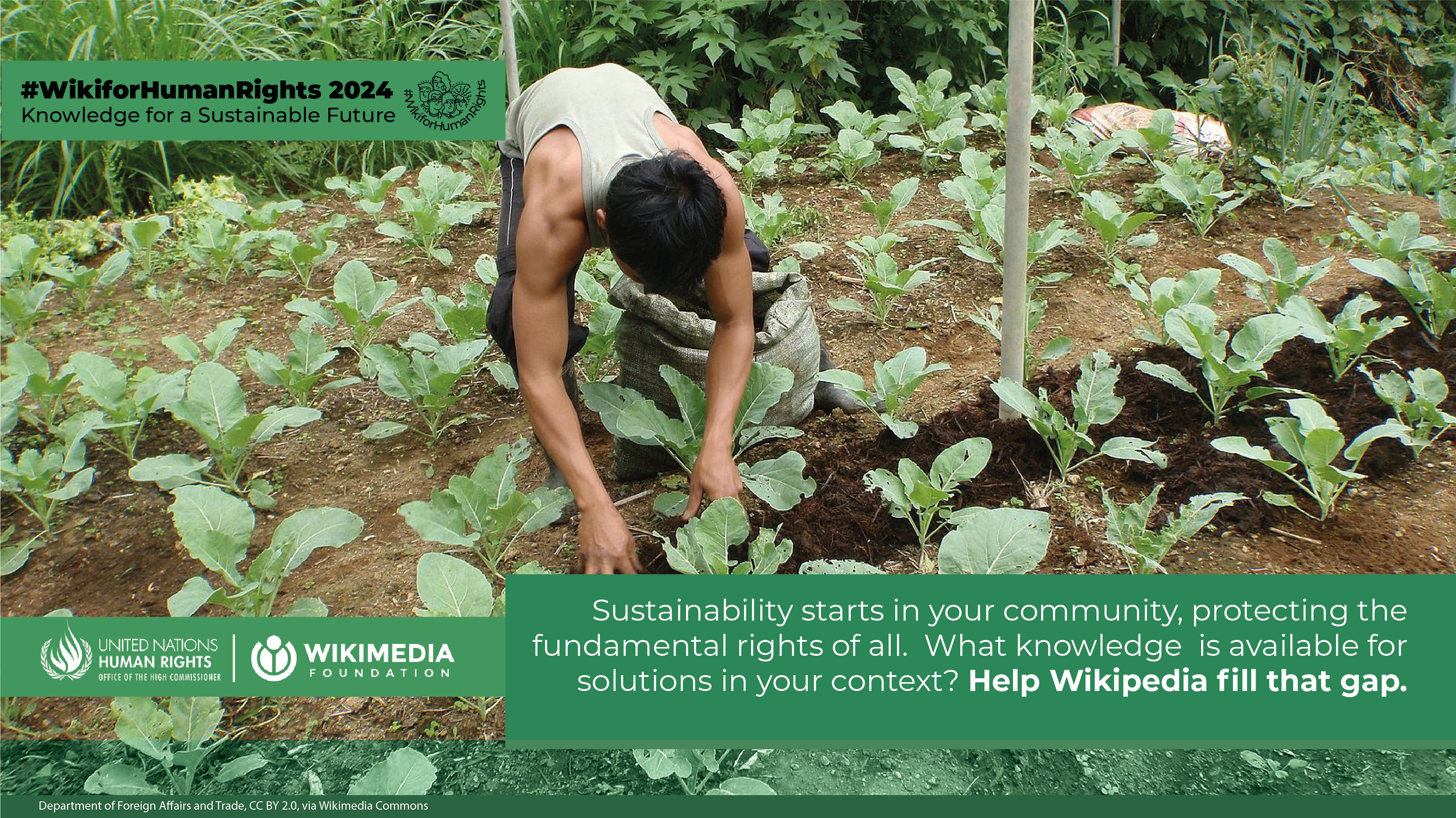
Grassroots movements and community initiatives play a crucial role in making sustainability more accessible. Programs like community-supported agriculture (CSA) allow consumers to buy directly from local farmers, often at lower prices. Urban gardening projects and local recycling programs empower communities, enabling them to adopt sustainable practices without significant financial investment. These grassroots efforts demonstrate that with collective action, sustainable living can become a shared reality rather than a luxury.
Education and Awareness

Education is a vital tool in promoting sustainability. Many low-income individuals may not be aware of sustainable practices or how to implement them. Educational programs focused on sustainability can help bridge this gap, providing the knowledge and resources needed to make eco-friendly choices. The Environmental Protection Agency (EPA) emphasizes the importance of education in fostering sustainable communities. By raising awareness, education can dispel the notion that sustainability is a luxury, making it more inclusive and attainable for all.
The Future of Sustainable Living
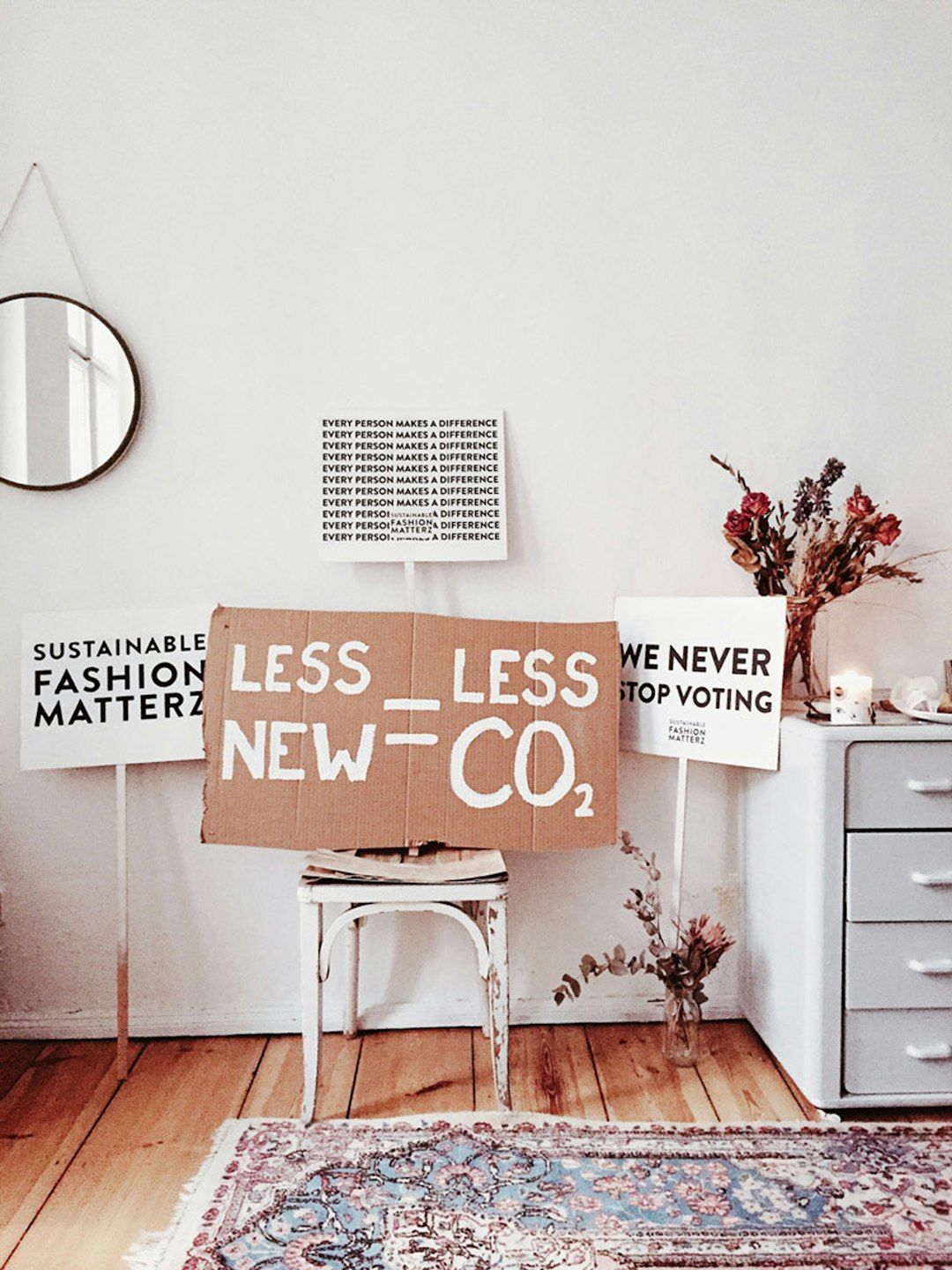
The future of sustainable living hinges on innovation and inclusivity. As technology advances, the cost of sustainable solutions, such as solar energy, continues to decrease. The International Renewable Energy Agency (IRENA) reports that the cost of solar photovoltaic (PV) systems has dropped by 82% since 2010. This trend suggests that sustainability may become more accessible to a broader audience in the coming years. As solutions become more affordable, the idea of sustainability as a luxury may gradually dissipate.
Conclusion: Bridging the Gap
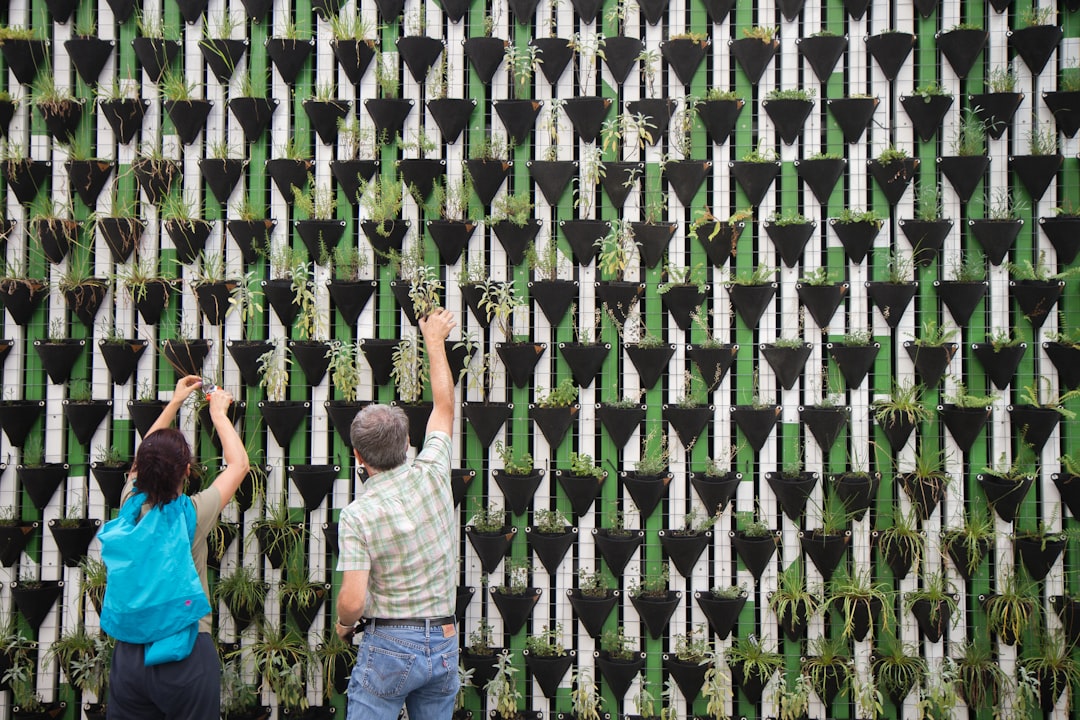
While sustainability currently appears to be a luxury for the rich, there are pathways to make it more inclusive. By addressing systemic barriers, promoting education, and supporting community initiatives, society can work towards a future where sustainable living is attainable for everyone, regardless of income. The journey towards sustainability should not be a privilege but a shared responsibility.
- How Meteorologists Predict Storms Using Satellite Data - October 3, 2025
- What Causes Rainbows And Why They’re Always Curved - October 1, 2025
- 3 Industries Face Crushing New Tariffs as Trade War Escalates - September 28, 2025
